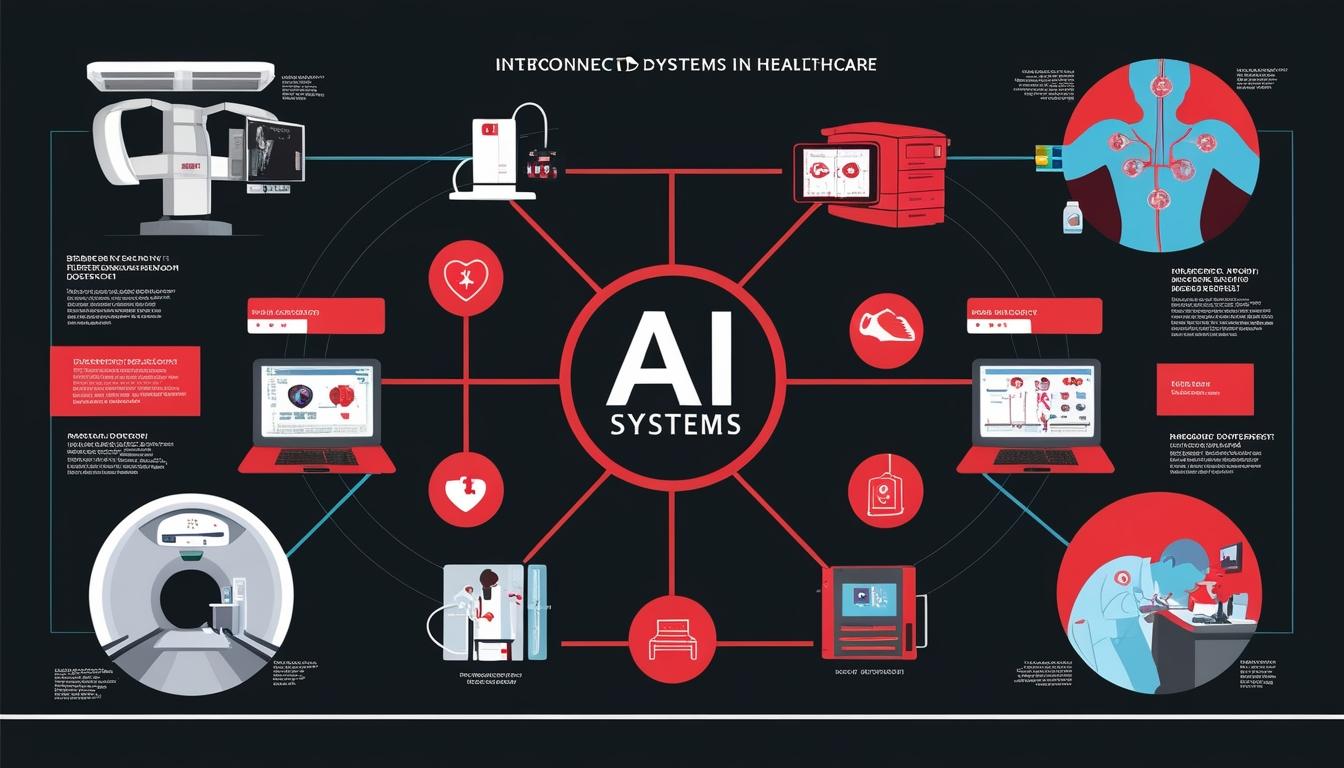As the integration of artificial intelligence (AI) tools continues to gain traction across various sectors, significant strides are being made in healthcare delivery, especially in the realm of cancer detection. The latest insights highlight how AI's evolving capabilities stand to transform medical practices, although challenges related to integration and interoperability remain prominent.
Currently, the landscape of AI in healthcare is characterised by an array of disconnected, AI-enabled solutions that function within isolated silos. For instance, in the field of radiology, imaging systems operate independently from the radiologist informatics layer, creating separate workflows that hinder effective data utilization. The lack of cohesion not only limits the potential benefits of AI but also leads to operational inefficiencies and places added strain on care teams.
A call for improved integration has emerged from experts in the industry, emphasising that a more cohesive approach is essential for addressing workflow and data challenges. To actualise such a vision, it is crucial to embed AI throughout the entire care spectrum, employing cloud-native solutions that intertwine AI with existing modalities. Sham Sokka, Chief Technology Officer of DeepHealth, argues for a unified, AI-powered informatics layer that can connect clinical and operational processes. He posits that this integration should facilitate the clinical journey from patient registration to image acquisition and reporting, including collaboration with other healthcare professionals. According to Sokka, the key mantra is ensuring an approach that aligns with the "right place, right user, right time."
The implementation of integrated smart technologies promises to enhance both clinical and operational efficiencies. By embedding AI-powered informatics within the workflows of various imaging technologies—such as mammography and MRI systems—patients and healthcare providers can expect an improved experience. These smart technologies are designed to integrate effortlessly within existing systems, thereby streamlining workflows without adding complexity for radiologists and care teams.
Notably, the adoption of smart technologies may significantly enhance the patient experience. For example, the integration of acquisition and interpretation workflows in radiology can lead to expedited diagnosis, allowing for a same-day response in cases such as breast cancer screenings. This reduction in wait times has the potential to alleviate the anxiety often associated with awaiting diagnostic results, enabling patients to receive either reassurance or timely treatment interventions without unnecessary delays.
Strategic partnerships between health technology firms and medical device manufacturers are fundamental to accelerating the adoption of these smart technologies. By focusing on embedding AI deeper into clinical modalities, these collaborations could unlock the full potential of AI, transforming conventional medical technology into intelligent tools that ultimately improve outcomes and elevate care delivery standards. The vision extends beyond current applications, as potential innovations in areas such as ultrasound and x-ray present new possibilities for autonomous imaging, further demonstrating the transformative capacity of AI in the healthcare landscape.
In summary, emerging AI technologies illustrate promising developments in healthcare, particularly in clinical imaging and diagnostics. The current emphasis is on constructing integrated systems that enhance efficiency and patient outcomes, paving the way for a revolution in medical care practices.
Source: Noah Wire Services
